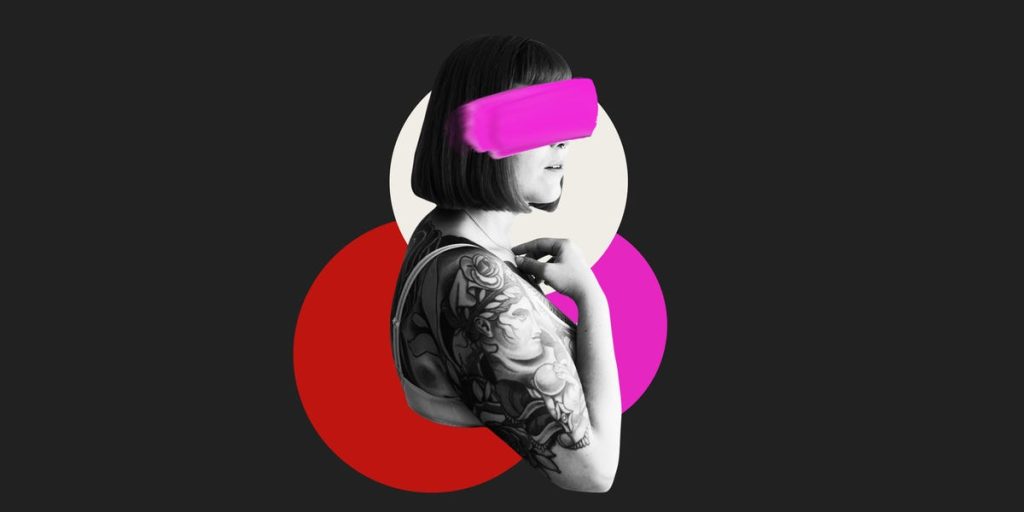Tattoos have served as a profound form of self-expression for centuries, but for some individuals, they represent much more than just body art. For me, getting tattoos became a powerful tool for reclaiming my body after enduring years of trauma. In a world that often tries to dictate how we should look and feel about ourselves, my journey of tattooing became an act of defiance and empowerment. Each inked design transformed my skin into a canvas, telling my story of survival, healing, and self-acceptance.
In the wake of trauma, I often felt disconnected from my body, as if it belonged to someone else. The painful memories held within me manifested in shame and discomfort every time I looked in the mirror. My body felt like a constant reminder of experiences I wanted to erase. It was during this difficult period that I discovered the world of tattoos. I found myself drawn to the artistry and the meaning behind each design. What began as a curiosity quickly evolved into a way to reclaim my body by choosing symbols that resonated with my journey.
Each tattoo I chose was intentional and meaningful, representing various aspects of my healing process. A delicate flower blossom, for instance, symbolizes resilience and new beginnings, while a fierce dragon embodies strength and courage in the face of adversity. When the needle touched my skin, it felt like I was taking control of my narrative. The artistry became a form of therapy, allowing me to process my emotions while simultaneously reclaiming the spaces where pain had once lingered. With every inked symbol, I felt a little closer to bridging the gap between the person I was and the person I wanted to become.
As I continued to add more tattoos, my relationship with my body transformed. What once felt like a prison became a canvas adorned with stories of triumph and resilience. I began to embrace my imperfections and wear my scars—both metaphorical and physical—as badges of honor. Each tattoo etched into my skin served as a reminder of the healing journey I had embarked on. It was a way to celebrate survival and to remind myself of the strength I possessed even in my darkest moments. The tattoos became a visual testament to my ongoing process of self-discovery and acceptance.
Beyond personal healing, my tattoos also fostered connections with others. They became conversation starters, allowing me to share my story with those who noticed my ink. Each design sparked connections with fellow tattoo enthusiasts or individuals who had experienced trauma themselves. It created a sense of community and understanding, breaking the isolation that often accompanies such experiences. The vulnerability of sharing my journey through my tattoos fostered empathy and solidarity, reminding me that I was not alone in my struggles.
Reflecting on this journey, I realize how far I have come. My tattoos have played a crucial role in my healing process, transforming my body into a celebration of resilience and strength. In a society quick to judge based on appearances, my body art has allowed me to reclaim not just my physical form but also my narrative. I celebrate every piece of ink as a testament to my journey, proudly showcasing the beauty and strength that emerges from healing. Through my tattoos, I have not only reclaimed my body but, more importantly, I have reclaimed my identity—one that is rooted in acceptance, empowerment, and unapologetic self-love.

